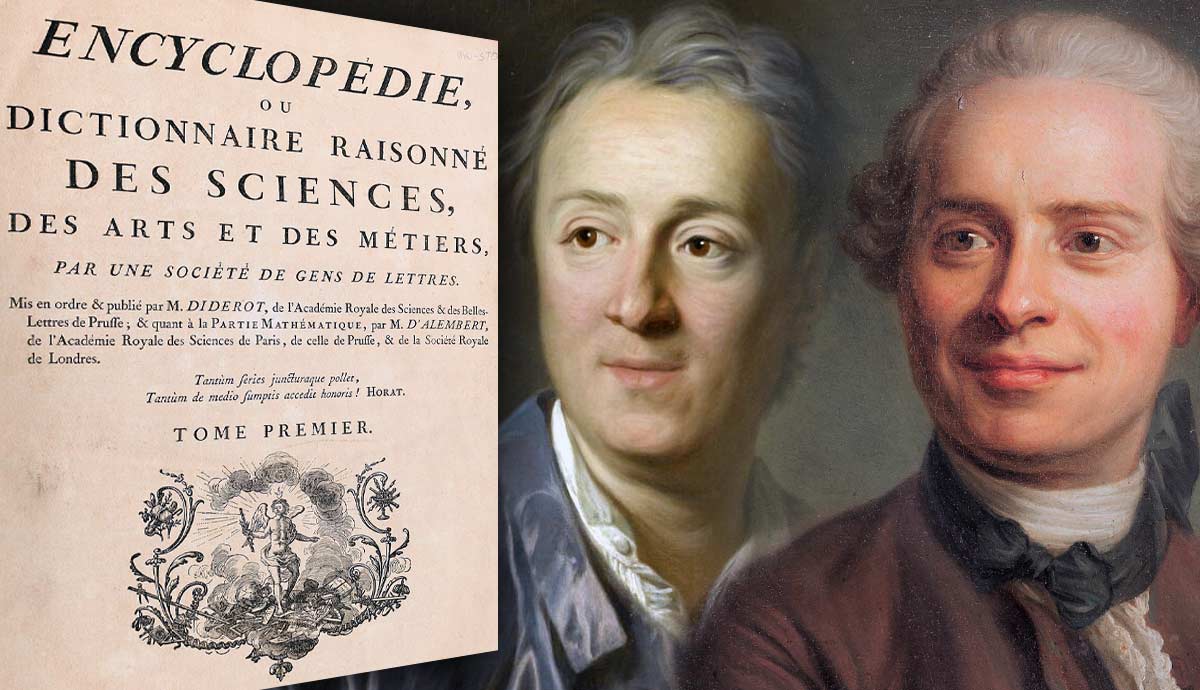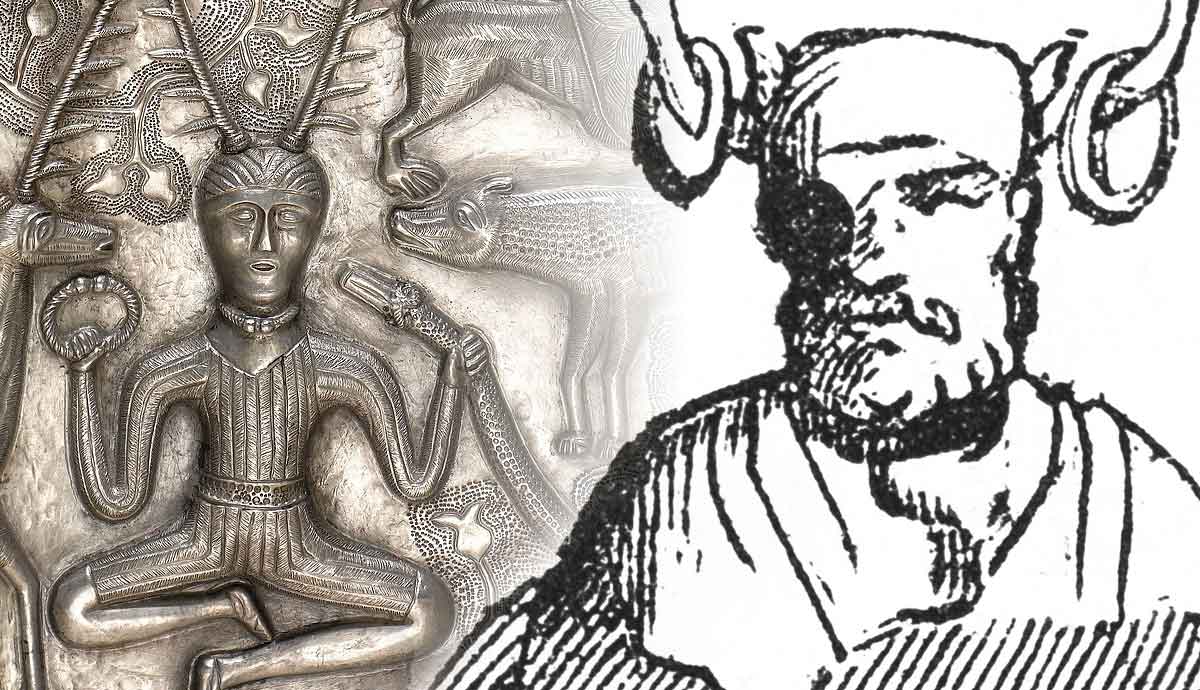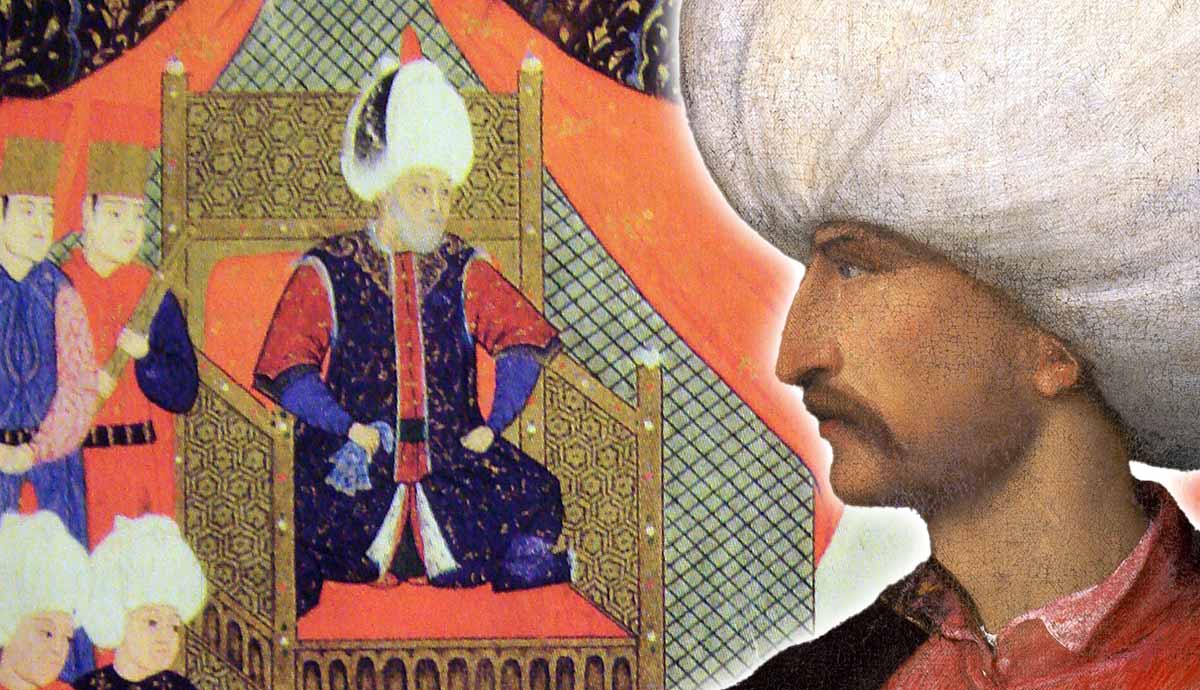
Suleiman I was one of the most powerful Renaissance monarchs of the 16th century. He had a brilliant political and military mind and an exceptional interest in art and science. His multi-layered persona left a huge mark in world history. Besides enlarging his empire, Suleiman was famous for his love story with his wife, Hürrem Sultan. This article delves into the life and accomplishments of one of the most impactful monarchs of all time, Suleiman the Magnificent.
Suleiman the Magnificent’s Early Life and Coming to Power
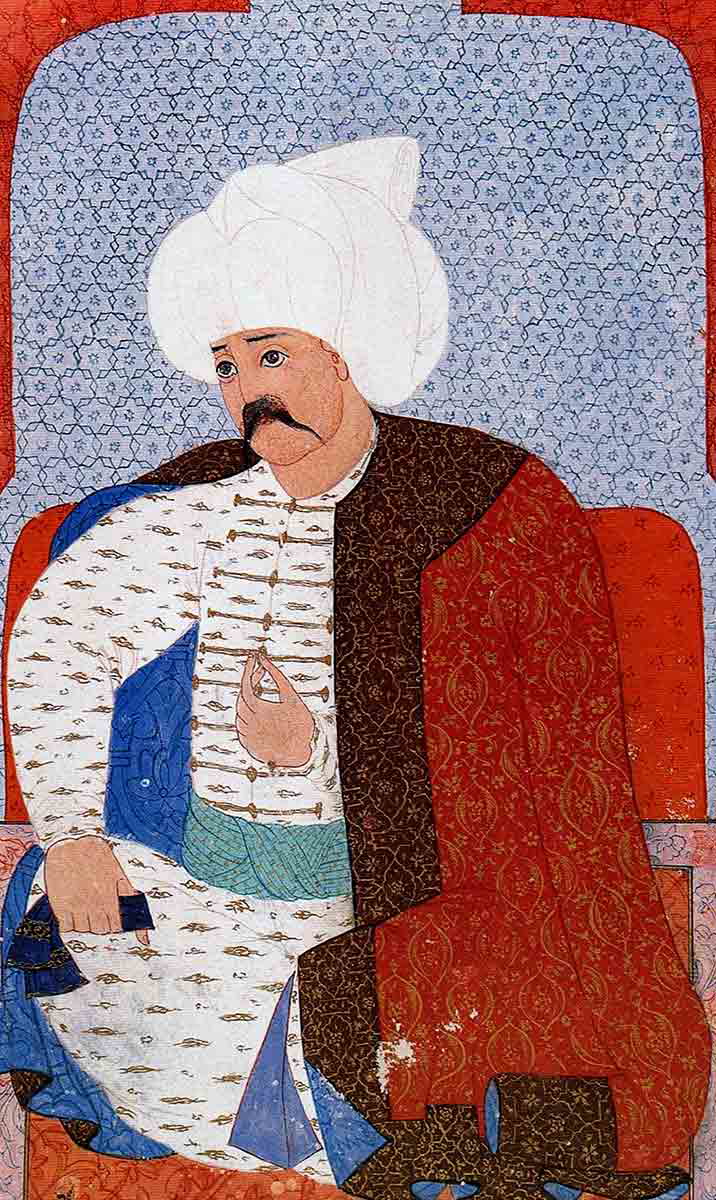
Suleiman I (Süleyman) was born in Trabzon, an important historical city on the Black Sea coast. His father was Sultan Selim I, famous for his successful reign and military conquests. From an early age, Suleiman was trained to become his father’s successor. He had a vast knowledge of history, law, military strategies, and literature. Suleiman was interested in Renaissance art and literature, proving he was a true humanist monarch and man of his time.
Following an Ottoman tradition, Suleiman was sent to govern the Ottoman provinces as a young prince. The fact that he was in charge of the province of Manisa (Anatolia), a position generally occupied by the heirs to the throne, proves Suleiman was set to succeed his father as sultan of the Ottoman Empire. Indeed, Suleiman started building his military and political career and reputation early, gaining the support of influential people by the time he became the sultan. His father was also a good political leader, leaving Suleiman a strong and vast empire to rule.
Suleiman became sultan in September 1520 after his father’s death. The young ruler already had a plan ready to implement: giving key administrative and military positions to his close allies and supporters. One of the most important figures who greatly influenced Sultan Suleiman was his friend and future Grand Vizier, Ibrahim Pasha, the second most powerful person in the Ottoman Empire.
Suleiman the Magnificent’s Military Conquests and Expansionist Politics
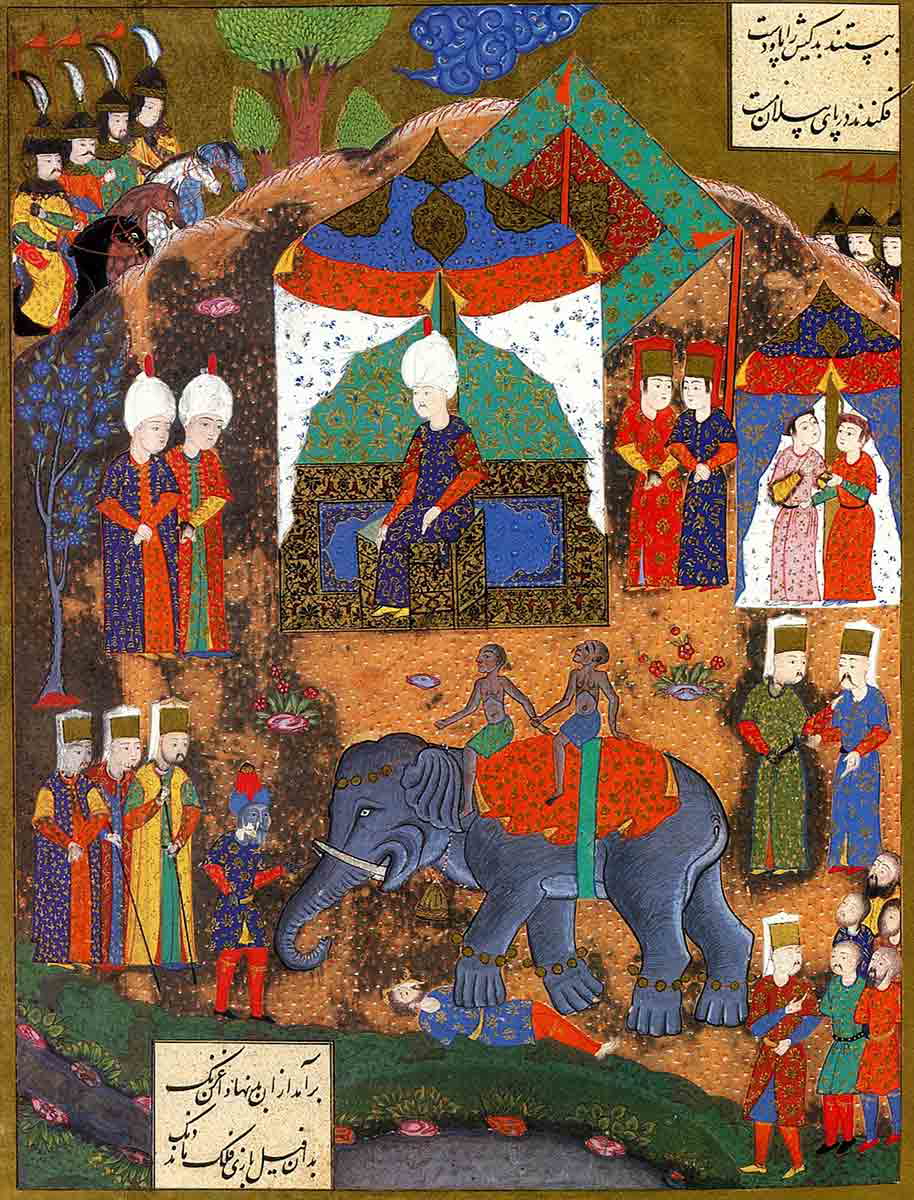
Suleiman the Magnificent is remembered as one of the most brilliant military minds of his time. During his reign, the Ottoman Empire occupied a vast territory, spreading across Europe, the Middle East, and North Africa.
His military campaigns in Europe often targeted the Habsburg Empire. His first major military target, however, was Belgrade, then a strategic fort of the Hungarian Kingdom at the threshold of the Habsburg territories controlled by the Habsburg. Suleiman won Belgrad in 1521, thus gaining the possibility of controlling a key river in the Balkans: the Danube River.
The next key target in the conflict between the Ottoman Empire and the Kingdom of Hungary was the city of Buda. After the battle of Mohács in August of 1526 when the Ottomans defeated the Kingdom of Hungary, Suleiman entered Buda victoriously, effectively turning Hungary into a vassal of the Ottomans. Suleiman I had huge ambitions regarding his European campaign, and in 1529, he unsuccessfully tried to capture the capital of the Habsburg Empire, Vienna. Despite this failure, Suleiman did conquer a vast part of Hungary and came extremely close to the central European cities and states.
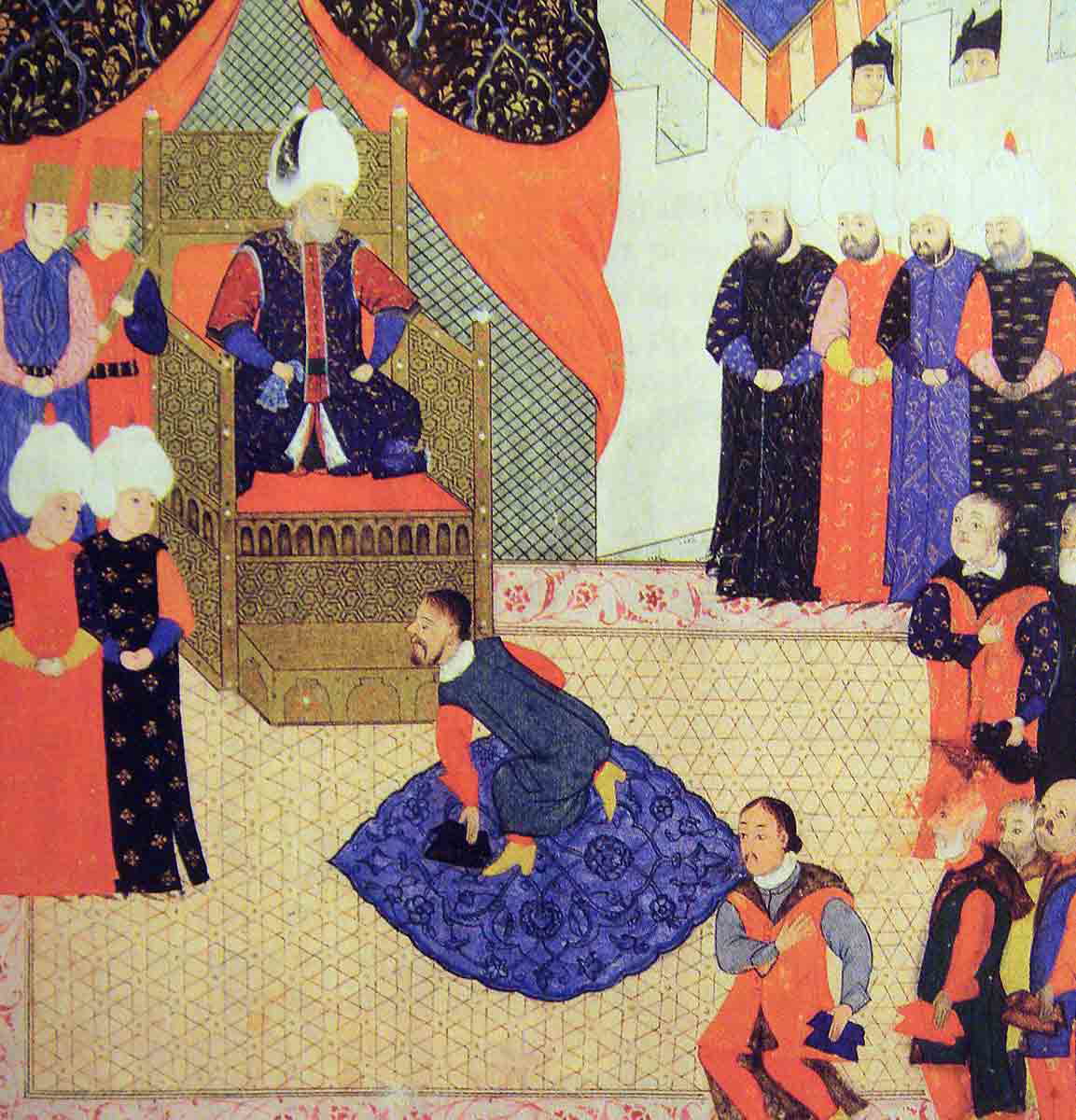
Another famous military conquest of Suleiman the Magnificent was in the Middle East against the Safavid Empire in Persia (present-day Iran). The sultan managed to acquire Baghdad, eastern parts of Anatolia, and access to the Persian Gulf, a strategic territory. The wars with the Safavids ended in 1555, when the Ottomans officially captured Eastern Anatolia, Iraq, and parts of the Caucasus mountains.
During his reign, Sultan Suleiman I became aware of the importance of having a strong navy. With the help of one of his most famous admirals, Khayr al-Dīn (known in the West as Barbarossa, meaning ”Redbear”), he built one of the strongest naval forces of his time. The Ottoman Navy won key naval battles, such as the Battle of Preveza against the Holy Roman Emperor Charles V in 1538, consolidating the Ottoman Empire as one of the biggest forces in the Mediterranean Sea. The Ottomans also started to increase their naval presence in the Indian Ocean, directly challenging Portuguese trade routes.
What Reforms Did Suleiman Introduce in the Ottoman Empire?
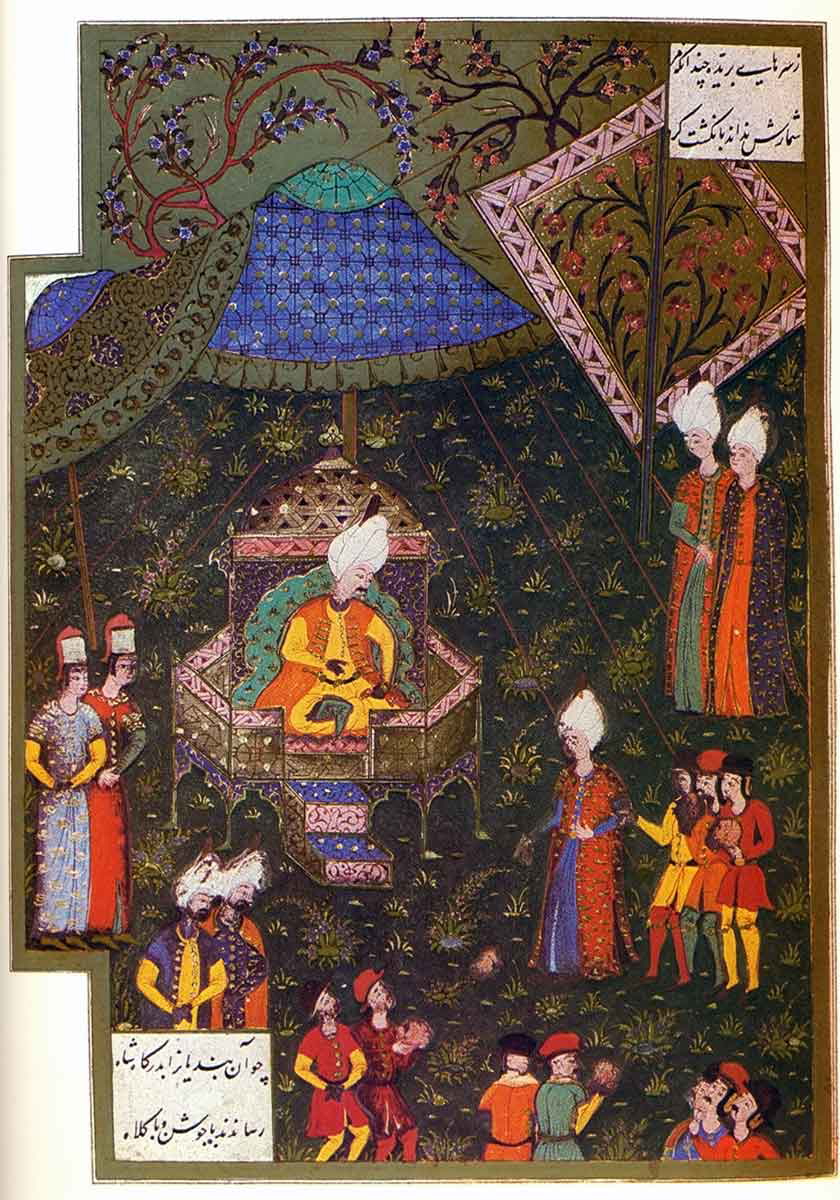
During his reign, Sultan Suleiman I introduced a series of reforms in the Ottoman Empire. One of his most significant achievements was the codification of Ottoman laws. He balanced and consolidated two separate powers and laws in the Ottoman Empire: Sharia, the religious law, and Kanun, the administrative regulations. Suleiman I’s codification efforts also involved improving criminal justice, governance, and taxation laws, thus lowering the chances of governmental representatives and governors abusing their powers and positions.
Suleiman wanted to create a system in which people held offices based on their capabilities, education, and competence, not their social status and family ties. His mission was to improve the empire by reducing corruption and favoritism.
Sultan Suleiman I knew that a strong military was key to expanding his empire and keeping it stable. To support this, he reformed the way provinces were governed, tying it to military service. His new system granted land to soldiers and officers in return for fighting in wars when needed and providing a set number of cavalry.
Another essential reform during Sultan Suleiman I’s reign concerned the taxation system, as he was determined to make taxes more fair and consistent. Under his new laws, people paid taxes based on land ownership and income. He also supported Ottoman traders and merchants, knowing that they were an important part of the empire’s economic system.
Suleiman the Magnificent’s Personal Life and Hürrem Sultan
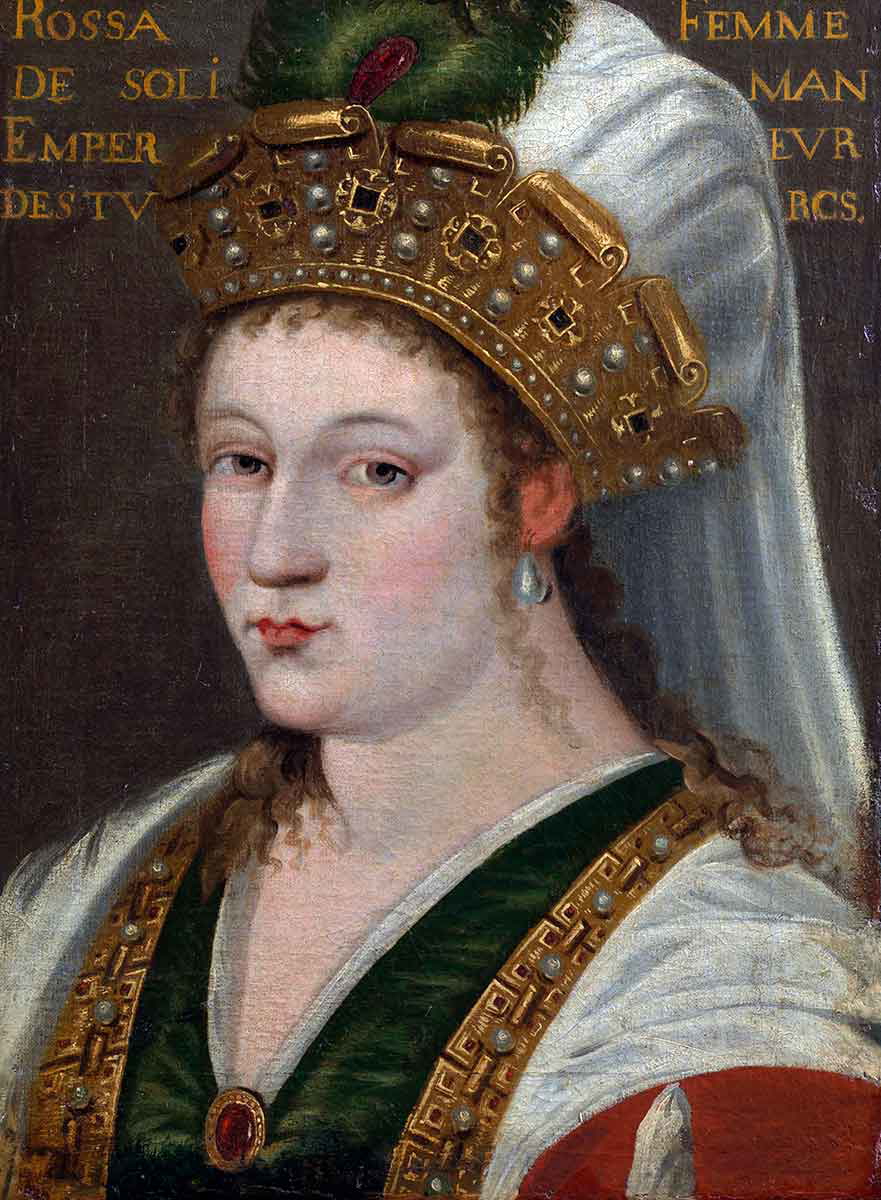
If there was a person who left a mark and influence on Sultan Suleiman I, it was his great love and wife, Hürrem Sultan. Hürrem’s original name is unknown, but it is believed to have been Alexandra. As she came from Ruthenia, present-day Ukraine, she later became known as Roxelana (meaning “maid from Ruthenia”). She was sold as a slave and ended up in a sultan’s harem in Istanbul filled with women from all around the world held in sexual servitude. Some of them managed to rise in the harem hierarchy and gain different kinds of favor and influence, depending on their relationship with the sultan.
Hürrem and Suleiman connected quickly, and she became one of his favorite concubines. It was said that she was incredibly charming and beautiful and captured sultans’ attention like no other. Even before they married, she had more influence over him than his legal “first” wife and the mother of his oldest son. The sultan was so mesmerized by Hürrem that he decided to marry her, an unprecedented occurrence. After she became his legal wife, Hürrem was freed from slavery and had a huge influence in the Ottoman Empire.
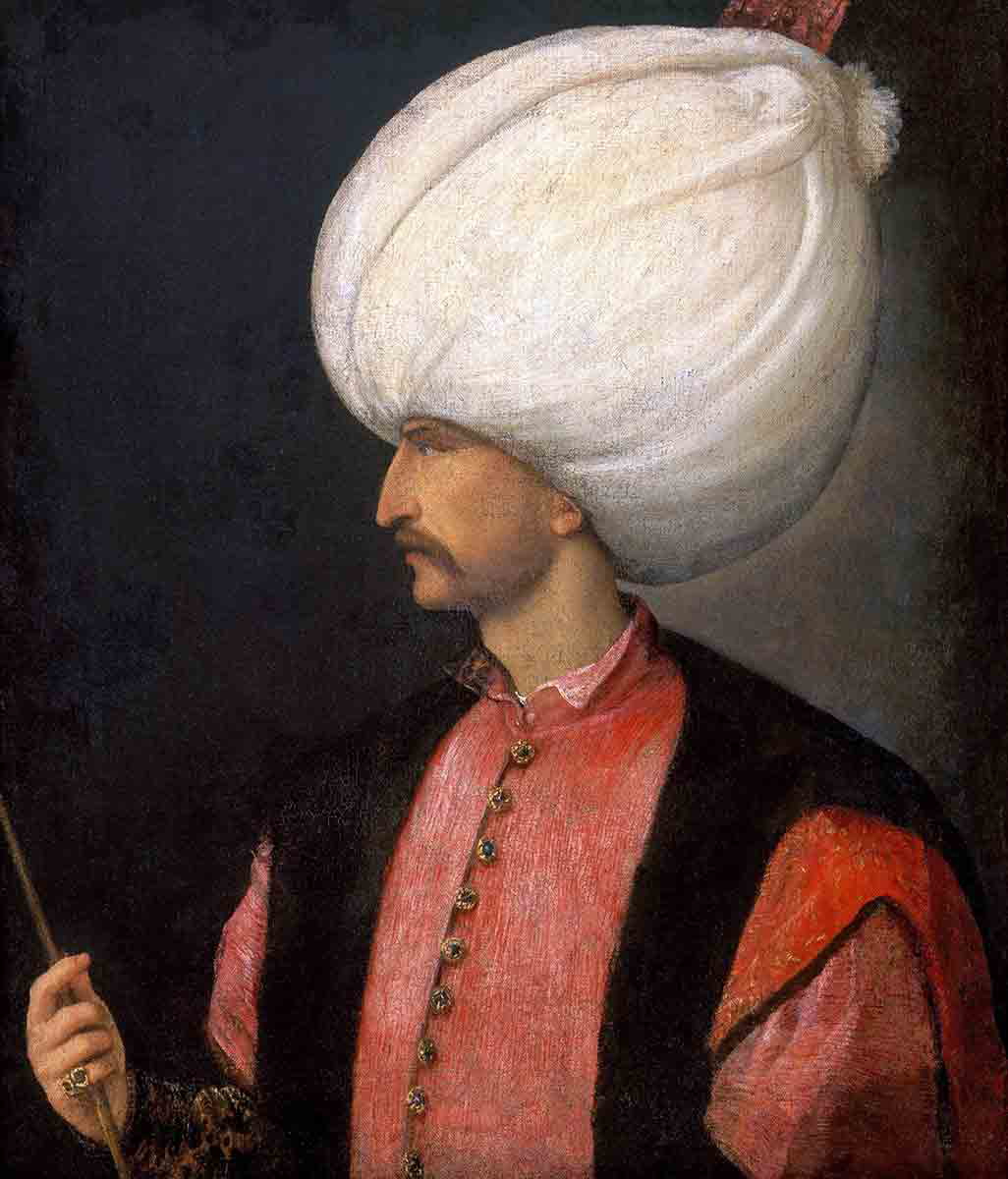
Hürrem Sultan was not only a charming woman, but she also possessed a keen political mind and had great ambitions regarding her role in the empire and her children’s future. Indeed, she participated in several diplomatic missions in Europe and wanted to ensure that her children were Suleiman’s successors, bypassing his oldest son. Through political maneuvering and scheming, she managed to pave the way for her son, Selim II, to become the heir to the throne.
Sultan Suleiman I was in love with Hürrem, as can be seen in his poetry and letters to her. Hürrem Sultan died in 1558, which broke his heart. Suleiman died eight years later during the siege of the fortress of Szigetvár in Hungary and was buried next to his true love in Süleymaniye Mosque.
The Legacy of Suleiman the Magnificent
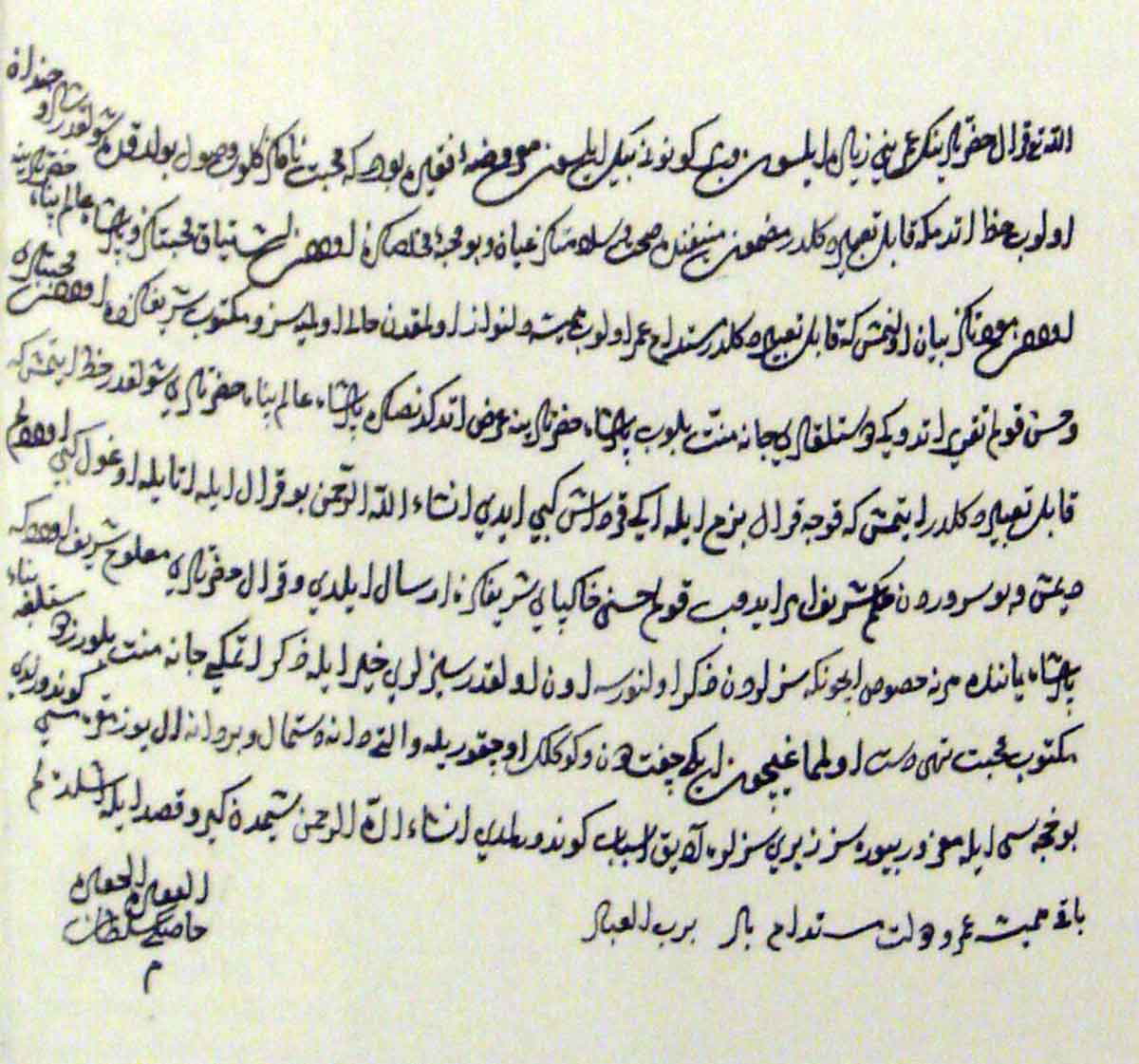
Suleiman I the Magnificent is often credited as one of the greatest sultans of the Ottoman Empire. His legacy is wide and multidimensional. During his reign, the Ottoman Empire spread across three continents, and his name brought fear and respect to all European rulers of that time. By defeating the Hungarian army in 1526, he came close to the doorstep of the Holy Roman Empire, making the Habsburgs afraid like no other.
Suleiman the Magnificent was also known as Kanuni, or the Lawmaker, due to his legal and administrative reforms. According to historians and legal scholars, his reforms brought more stability and peace across the Ottoman Empire and made it possible to rule such a large territory. By reforming the military and bureaucracy, codifying the law, and making the taxation system more fair, Suleiman centralized the empire and allowed it to grow and enter a golden age.
Suleiman was not only a one-in-a-generation military mind but also a patron of the arts and a passionate man who loved reading and writing poetry. He was also interested in learning and reading more about Western writers and implementing Western technological achievements if he saw them as necessary. During his time, Istanbul became a mecca of artists, intellectuals, and manufacturers.
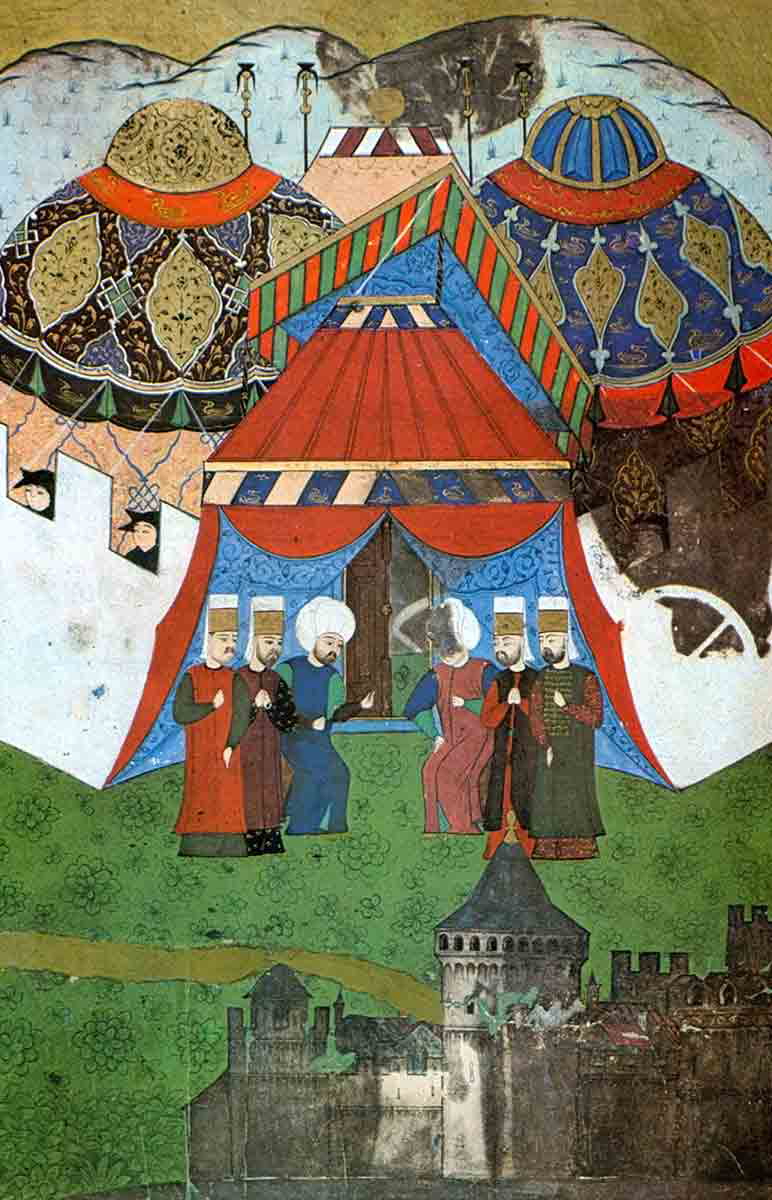
Sultan Suleiman the Magnificent was one of the most famous and influential rulers in Ottoman and world history. While Suleiman occupied the Ottoman throne and built one of the strongest empires ever, his rivals were some of the most famous European rulers of the time. These included significant monarchs such as Holy Roman Emperor Charles V, English King Henry VIII, French King Francis I, and Russian Tsar Ivan IV the Terrible.



